ATREE News
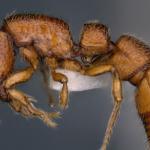
Two new species belonging to rare ant genera Parasyscia and Syscia from the Eastern Himalayas
In Asia, Syscia has been known from China, Japan, Sri Lanka and Thailand. The genus lacks any verified record in India. Hence the present discovery of Syscia indica from Arunachal Pradesh marks the first record of this rare ant genus from India.
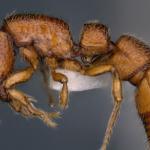
Bengaluru entomologists find two new ant species in Himalayas
Priyadarsanan Dharma Rajan, Aswaj Punnath, Sahanashree, from ATREE along with Aniruddha Marathe found two new species of rare ants, Parasyscia ganeshaiahi and Syscia indica. ATREE is celebrating its silver jubilee in 2021, one species is named as Parasyscia ganeshaiahhi in honour of one of its founders Prof. K.N. Ganeshaiah, an eminent ecologist, thinker and writer who was instrumental in establishing the Insect Taxonomy and Conservation Laboratory in ATREE.
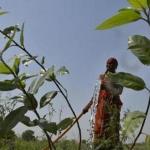
Karnataka worst in distributing land deeds to forest dwellers: Data
Hundreds and thousands of people are displaced from their homes due to development works and declaring of forests as national reserves whichwas earlier dealt with by giving monetary compensation but provided no hope for resettlement for those who have been moved out.

Is India’s rooftop solar sector being ignored for large-scale projects?
The lack of enough financial options has been a concern too since the initial costs of installing rooftop solar are still high. In fact, financial assistance is one of the factors that could help accelerate the pace of rooftop solar installations, the IEEFA report had argued. But Pandit stresses rooftop solar is also far more economically viable than our large-scale utility projects.

The black kites of Ghazipur: In pandemic world, scavenging birds may foretell new maladies
Zoonotic diseases aren’t just limited to wet markets, Transboundary pathogens, markets full of different animals, poor sanitation & hygiene: these are the circumstances ripe for new diseases to emerge.
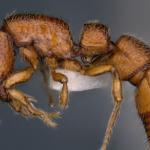
Two new species belonging to rare ant genera Parasyscia and Syscia from the Eastern Himalayas
As the ATREE is celebrating its silver jubilee in 2021, one species is named as Parasyscia ganeshaiahhi in honour of one of its founders Prof. K.N. Ganeshaiah, an eminent ecologist, thinker and writer who was instrumental in establishing the Insect Taxonomy and Conservation Laboratory in ATREE.
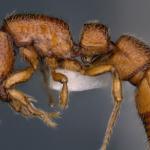
Two new species belonging to rare ant genera Parasyscia and Syscia from the Eastern Himalayas
After extensive exploration in the EWS and extensive studies, a team of researchers led by Dr. Priyadarsanan Dharma Rajan (Senior Fellow), Aswaj Punnath, Sahanashree (ATREE, Bengaluru), and Dr Aniruddha Marathe (IISc, Bengaluru) could find something interesting - two new species of rare ants, Parasyscia ganeshaiahi and Syscia indica.
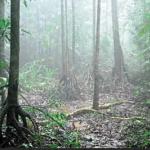
Mapping of Myristica swamps crucial for conservation
Priya Ranganathan, G Ravikanth and N A Aravind reviewed the research and conservation of Myristica swamps and recommended the creation of a clear policy for swamp conservation that involves local communities, as well as the forest department.
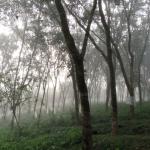
Compensatory afforestation unlikely to make up for the loss of carbon stocks
Research has shown that a monoculture plantation can never compensate for the complex biodiversity of a forest. Referring to everything under the umbrella term of ‘forest’ is the problem, because it hides, rather than revealing, these trade-offs.
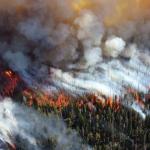
FIRE HAZARD: HOW CLIMATE CHANGE IS DERAILING LOFTY CARBON OFFSET HOPES
“We cannot be complacent about the world’s carbon stocks. With the over-reliance on land and forests for carbon removal, it is possible that decades worth of carbon stock can be wiped out in a matter of days or a few months. This is a particularly serious concern considering the likelihood of wildfires and extreme heat becoming more frequent and intense in coming years and decades apart from floods, landslides, pests and diseases. Our existing carbon stocks are already under threat, as will any new carbon stocks we are yet to create through tree plantations. Retaining and protecting individual large old trees whereever they exist will be important,”